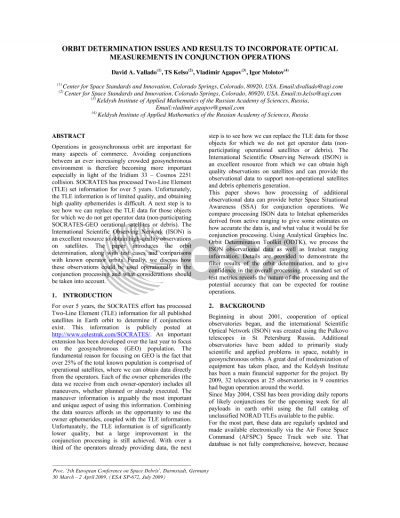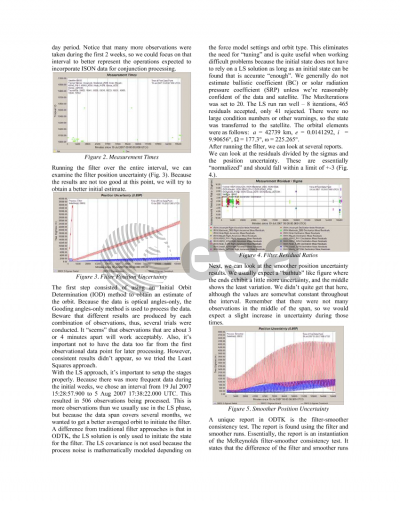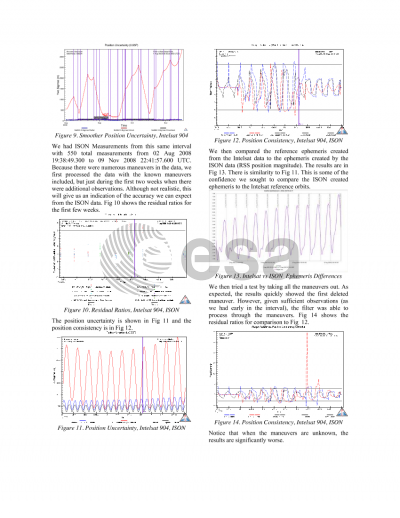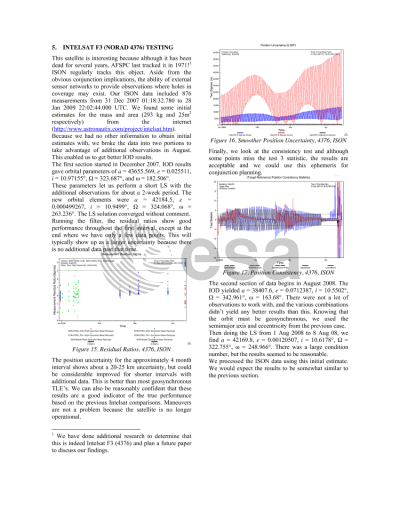Document details
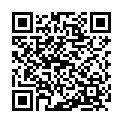
Abstract
Operations in geosynchronous orbit are important for many aspects of commerce. Avoiding conjunctions between an ever increasingly crowded geosynchronous environment is therefore becoming more important especially in light of the Iridium 33 - Cosmos 2251 collision. SOCRATES has processed Two-Line Element (TLE) set information for over 5 years. Unfortunately, the TLE information is of limited quality, and obtaining high quality ephemerides is difficult. A next step is to see how we can replace the TLE data for those objects for which we do not get operator data (non-participating SOCRATES-GEO oerational satellites or debris). The International Scientific Observing Network (ISON) is an excellent resource to obtain high-quality observations on satellites. The paper introduces the orbit determination, along with test cases and comparisons with known operator orbits. Finally, we discuss how these observations could be used operationally in the conjunction processing and what considerations should be taken into account.
Preview
